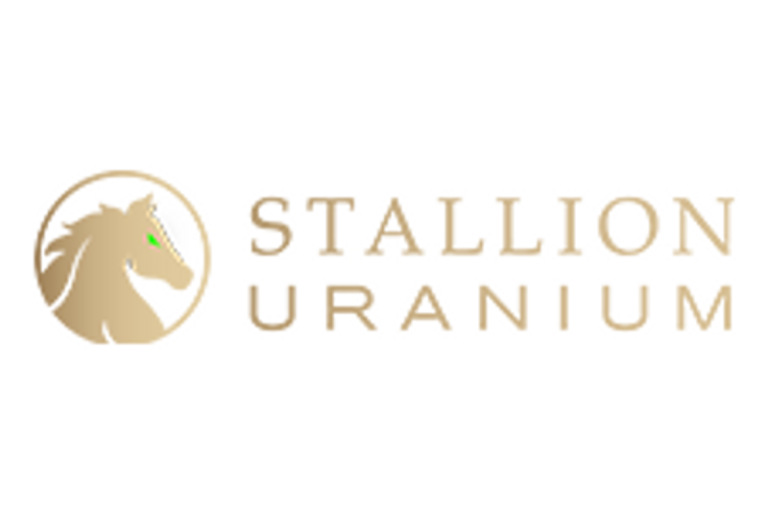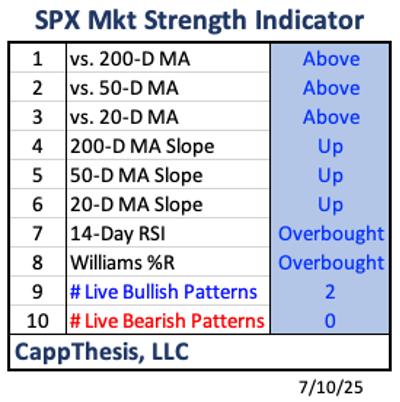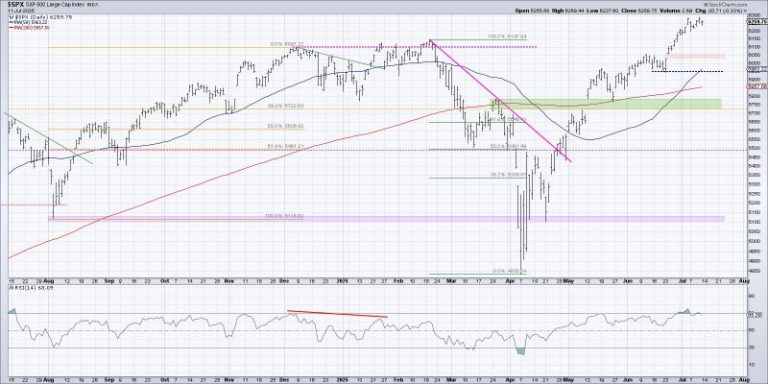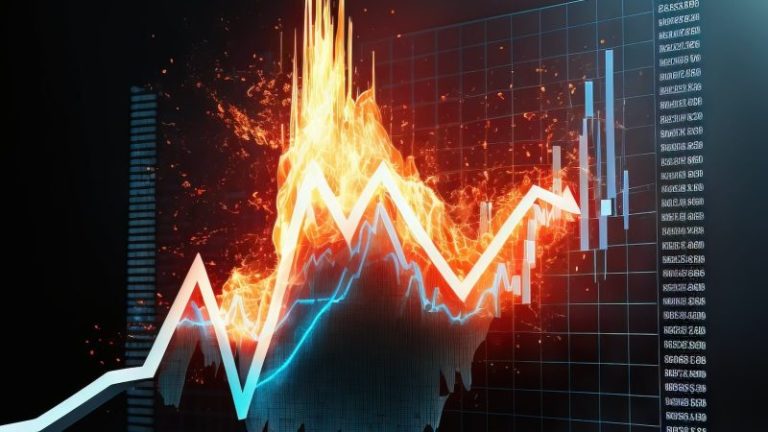Stallion Uranium Corp. (the ‘ Company ‘ or ‘ Stallion ‘ ) (TSX-V: STUD ; OTCQB: STLNF ; FSE: FE0) is pleased to report the results from the 3D inversion of ground gravity data over the Coyote Target, located within the Southwestern Athabasca Basin Joint Venture (‘ JV ‘) Project in partnership with Atha Energy Corp. (‘Atha Energy’) (TSX-V: SASK) .
‘The inversion modelling at Coyote has delineated a laterally extensive and coherent gravity low, spatially coincident with a structurally complex corridor exhibiting attributes characteristic of fertile uranium-bearing systems within the Athabasca Basin,’ said Matthew Schwab, CEO of Stallion Uranium Corp. ‘The robustness of the geophysical anomaly, in conjunction with the structural and lithological setting, provides compelling evidence supporting Coyote as a high-priority target for drill testing.’
Highlights:
- 3D gravity inversion completed and interpreted by leading geophysical experts specializing in the Athabasca Basin
- Identified multiple gravity-low anomalies along a major conductive corridor
- A prominent, coherent gravity-low feature interpreted as a zone of alteration along an interpreted structural corridor
- Strong correlation between the gravity anomalies and conductive breaks identified from the MobileMT survey
The inversion results highlight a gravity-low anomaly commonly associated with significant uranium mineralization systems in the Athabasca Basin. The modelled anomaly defines the low-density feature’s depth extent, shape, and continuity, further supporting the potential for large-scale uranium alteration at Coyote.
‘The 3D gravity inversion provides a powerful validation of the overall prospectivity at Coyote,’ said Darren Slugoski, Vice President, Exploration at Stallion Uranium. ‘The inversion highlights a series of at least five compelling targets within an 8.5 km corridor. We are well-positioned to take the next steps toward discovery with a subsequent ground EM survey (currently being interpreted by Convolutions Geoscience) in addition to a focused and systematic drill program.’
The inversion results visualize subsurface density variations, with the anomaly’s geometry and intensity suggesting prolonged fluid movement and alteration; critical vectors toward uranium mineralization. The alignment of the gravity-low with previously defined conductive trends and interpreted structural corridors underscores a compelling geological model. The results validate the exploration strategy at Coyote and refine the prioritization of drill targets based on integrated geophysical and structural frameworks.
Figure 1 : Results of Ground Gravity Density Inversion at the Unconformity Depth
Background; Regional First Vertical Derivative Magnetics, targets denoted by purple outlines
‘The 3D gravity inversion model at Coyote reveals a well-defined low-density anomaly that is both laterally extensive and vertically continuous,’ said Kyle Patterson, P. Geo., Principal Geophysicist at Convolutions Geoscience, a leading consulting firm specializing in advanced geophysical modelling and geologic integration. ‘This type of geophysical signature is commonly associated with deep-seated structural zones and extensive hydrothermal alteration; both key indicators in targeting basement-hosted uranium deposits in the Athabasca Basin. The spatial correlation with interpreted MobileMT conductors, observed alteration patterns, and interpreted shear zones further support the interpretation that the Coyote project hosts the ideal geological pathfinders for a significant uranium system.’
Figure 2 : Results of 3D Gravity Inversion
Conductors interpreted from previous MobileMT Survey
About Kyle Patterson:
Kyle Patterson, P. Geo., is the Chief Geophysicist and founder of Convolutions Geoscience, a geophysical consulting firm specializing in advanced modelling and interpretation techniques for mineral exploration. With over 15 years of experience in the industry and a focus on high-resolution geoscientific data integration in the Athabasca Basin, Kyle has worked extensively with uranium explorers to define and refine targets using gravity, magnetics, and EM inversion modelling. His expertise is in interpreting complex structural and alteration systems, bridging geophysics with geological understanding to drive discovery-focused exploration.
Gravity Data Inversion:
Convolutions Geoscience inverted the ground gravity data, utilizing industry-standard 3D inversion techniques to estimate subsurface density variations from the processed gravity data. The objective was to assist in delineating alteration zones of interest for uranium exploration.
Convolutions Geoscience carried out a 3D inversion of the gravity data to create a voxel product of subsurface density anomalies using the industry-standard Fullagar Vertical Prism Magnetic and Gravity (VPmg) codes. The inputs into the inversion were the free air anomaly from the dataset; lake bathymetry data for water depth; digital terrain model (DTM) for the project area, in addition to NASA Shuttle Radar Topography Mission (SRTM) data for surrounding areas; and density constraints for sandstone cover rocks above the unconformity as well as basement rocks below the unconformity. Convolutions created a VPmg gravity inversion using 40m x 40m surface XY blocks and Z blocks of 10m at the surface, increasing by 5% at depth. The total model block depth exceeds 10km.
Qualifying Statement:
The foregoing scientific and technical disclosures for Stallion Uranium have been reviewed by Darren Slugoski, P.Geo., VP Exploration, a registered member of the Professional Engineers and Geoscientists of Saskatchewan. Mr. Slugoski is a Qualified Person as defined by National Instrument 43-101.
Kyle Patterson, P.Geo., President of Convolutions Geoscience, has reviewed the foregoing scientific and technical disclosures for Convolutions Geoscience Corporation. Kyle is a registered member of the Professional Engineers and Geoscientists of Saskatchewan and the Engineers and Geoscientists of British Columbia.
About Stallion Uranium Corp.:
Stallion Uranium is working to ‘Fuel the Future with Uranium’ through the exploration of roughly 1,700 sq/km in the Athabasca Basin, home to the largest high-grade uranium deposits in the world. The company, with JV partner Atha Energy holds the largest contiguous project in the Western Athabasca Basin adjacent to multiple high-grade discovery zones.
Our leadership and advisory teams are comprised of uranium and precious metals exploration experts with the capital markets experience and the technical talent for acquiring and exploring early-stage properties. For more information visit stallionuranium.com .
On Behalf of the Board of Stallion Uranium Corp.:
Matthew Schwab
CEO and Director
Corporate Office:
700 – 838 West Hastings Street,
Vancouver, British Columbia,
V6C 0A6
T: 604-551-2360
info@stallionuranium.com
Neither the TSX Venture Exchange nor its Regulation Services Provider (as that term is defined in the policies of the TSX Venture Exchange) accepts responsibility for the adequacy or accuracy of this release.
This news release contains forward-looking statements and forward-looking information within the meaning of Canadian securities legislation (collectively, ‘forward-looking statements’) that relate to the Company’s current expectations and views of future events. Any statements that express, or involve discussions as to, expectations, beliefs, plans, objectives, assumptions or future events or performance (often, but not always, through the use of words or phrases such as ‘will likely result’, ‘are expected to’, ‘expects’, ‘will continue’, ‘is anticipated’, ‘anticipates’, ‘believes’, ‘estimated’, ‘intends’, ‘plans’, ‘forecast’, ‘projection’, ‘strategy’, ‘objective’ and ‘outlook’) are not historical facts and may be forward-looking statements and may involve estimates, assumptions and uncertainties which could cause actual results or outcomes to differ materially from those expressed in such forward-looking statements. No assurance can be given that these expectations will prove to be correct and such forward-looking statements included in this material change report should not be unduly relied upon. These statements speak only as of the date they are made.
Forward-looking statements are based on a number of assumptions and are subject to a number of risks and uncertainties, many of which are beyond the Company’s control, which could cause actual results and events to differ materially from those that are disclosed in or implied by such forward-looking statements. The Company undertakes no obligation to update or revise any forward-looking statements, whether as a result of new information, future events or otherwise, except as may be required by law. New factors emerge from time to time, and it is not possible for the Company to predict all of them or assess the impact of each such factor or the extent to which any factor, or combination of factors, may cause results to differ materially from those contained in any forward-looking statement. Any forward-looking statements contained in this presentation are expressly qualified in their entirety by this cautionary statement .
Photos accompanying this announcement are available at:
https://www.globenewswire.com/NewsRoom/AttachmentNg/f216b8e9-3d02-444b-855b-60f0a334a288
https://www.globenewswire.com/NewsRoom/AttachmentNg/78072d01-85ae-495d-b249-38a69824b43a










